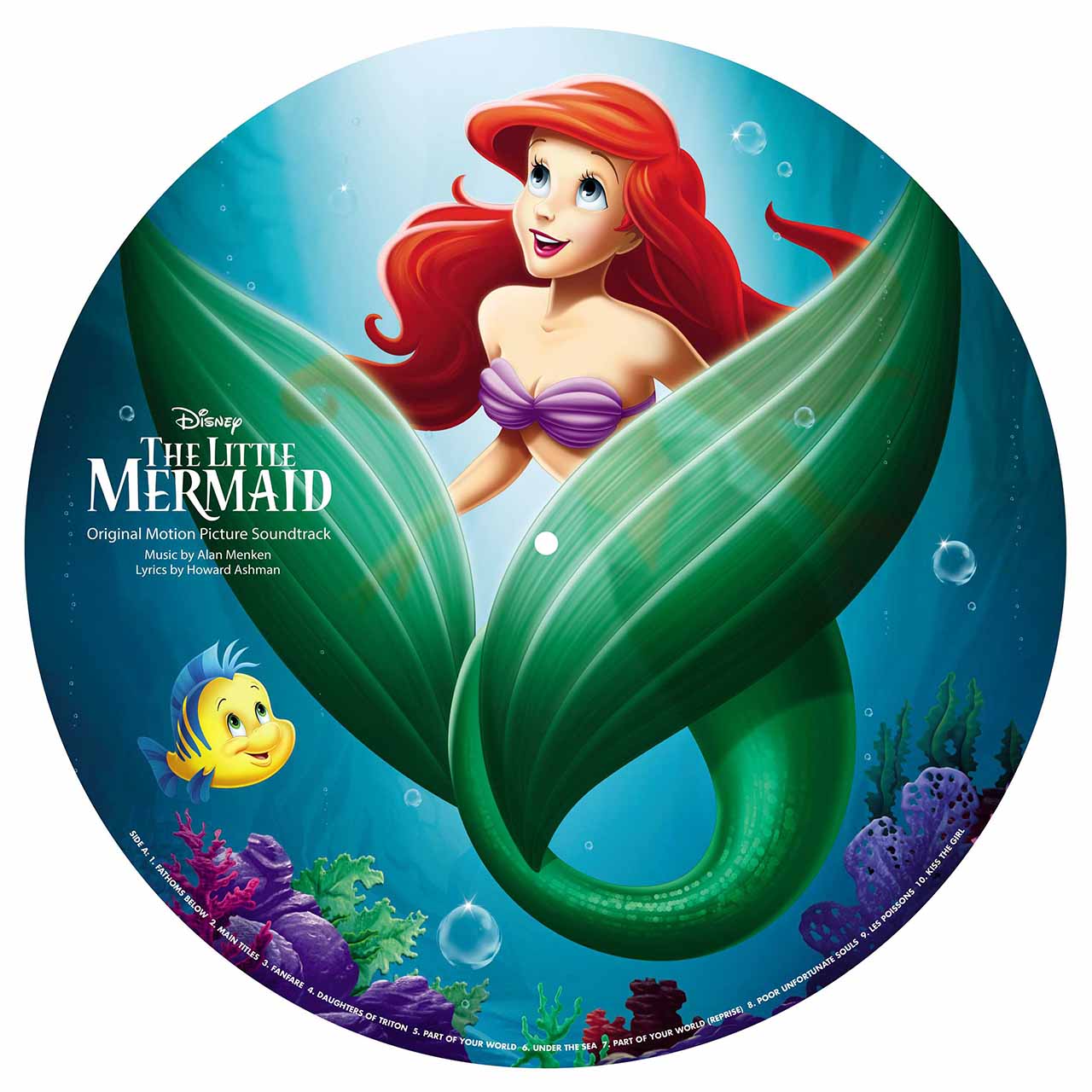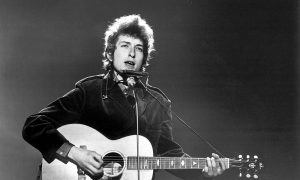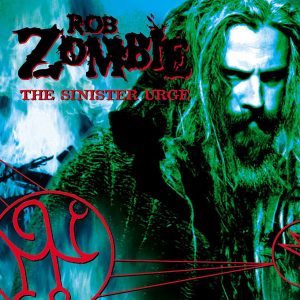On its November 1989 release, The Little Mermaid heralded a new era of success for Walt Disney Animation Studios, known as the “Disney Renaissance.” The adaptation of a Hans Christian Anderson fairy tale recalled Disney’s blockbusting animated classics of the 50s and 60s while adding a contemporary sensibility and sense of humor that connected with audiences worldwide.
The Little Mermaid tells the story of Ariel, a teenage mermaid princess fascinated by the human world. Her father is Triton, king of the underwater kingdom of Atlantica. While previous Disney princesses were passive, Ariel is headstrong and sassy. The dynamic between daughter and father gave moviegoers of all ages something to which they could relate. Ariel is the typical teenager desperate for a taste of freedom, while Triton is the protective parent torn between protecting his child and letting them find their way in the world.
Listen to the Disney Princess playlist on Spotify or Apple Music now.
It’s a tale as old as time, as a future animated favorite would have it. Matters are further complicated when Ariel falls in love with Eric, a human prince after watching his birthday celebrations from afar. When a storm wrecks Eric’s ship, Aerial saves his life and leaves him ashore. On regaining consciousness, Eric is determined to find the girl who saved him, but all he can remember of her is her voice. When Triton finds out, his rage pushes them further apart. Ariel is offered a deal by Ursula the sea witch – three days as a human in exchange for her voice. If Ariel and Eric fall in love within that time, the mermaid will remain human. If not, Ariel will belong to Ursula.
The stage is set for one of Disney’s most romantic and dramatic animated films. The story is spellbinding, and the animation groundbreaking, but a huge part of The Little Mermaid’s success was down to its soundtrack, written by lyricist Howard Ashman and composer Alan Menken. Vice-chairman and co-founder of The Walt Disney Company, Roy Disney later said of The Little Mermaid, “the music was gorgeous, the arrangements were incredibly big, it just took everything to a whole new level.”
Ashman and Menken’s background was in musical theatre, rising to fame with the 1982 off-Broadway production of their dark comedy Little Shop Of Horrors, later adapted for the silver screen by Frank Oz. They had both worked on Disney films separately – Ashman on Oliver & Company (1988) and Menken on Who Framed Roger Rabbit (1988) – but The Little Mermaid was their first collaboration for the studio.
For Ashman, it was a dream come true, as he said in a 1995 interview, “I grew up on Pinocchio and Peter Pan, and the idea of doing one of those… what a difficult thing to do, but what a great thing to try to do.” The duo’s background was evident in their work, as Jodi Benson (the voice of Ariel) recalled, “They approached it like it was a Broadway musical… the characters actually run out of words, can’t express themselves anymore, and it has to come out in song.” For Ashman, the story represented a chance for the pair’s songs to be staged on a scale that would never be possible in the theatre, “The last great place to do Broadway musicals is in animation. It’s a whole other world.”
There hadn’t been a Disney animated film that used songs to progress the plot so effectively in decades. A case in point is Ariel’s signature song, the sparkling power ballad “Part Of Your World.” Ariel sings about her collection of artifacts from above the sea that she has scavenged (“gadgets and gizmos aplenty… whozits and whatzits galore”) – trash to humans, but treasure to her. Still, it’s not enough. She wants more than anything to be truly part of their world. Ashman later elaborated, “In almost every musical ever written, there’s a place – usually very early in the evening… where the leading lady sits down on something and sings about what she wants in life. And the audience falls in love with her and then roots for her to get it.”
Amazingly, considering its pivotal role in the film, “Part Of Your World” almost didn’t make the cut. Disney chairman Jeffrey Katzenberg had reservations about the song, and when a child appeared listless and spilled popcorn during a test screening, he felt his hunch was correct and asked for the song to be dropped, despite the protestations of Ashman and Menken. Eventually, Glen Keane (a character animator who’d worked on the rough cut of the scene) convinced Katzenberg to reinstate the song sequence for initial preview screenings. The audience reaction was hugely positive in those screenings, and the song stayed. “You can’t imagine the movie without it,” admitted a good-humored Katzenberg in 2017.
Another all-time great Disney scene came with “Under The Sea,” a showcase for King Triton’s advisor and “court composer” – a Caribbean crab named Sebastian. Set to jaunty calypso rhythms and featuring tongue-twisting witticisms, “Under The Sea” is Sebastian’s attempt to convince Ariel that she belongs where “it’s hotter, under the water.” The Little Mermaid’s co-director, Ron Clements, enthused, “I think the song just really inspired the story people and they had a lot of fun with developing the situation, which is basically an underwater jam session that starts out with just one character and gets bigger and bigger as more characters join in.” The infectious “Under The Sea” won the Academy Award® for Best Original Song in 1989, Disney’s first win in that category since 1964, when Mary Poppins” “Chim Chim Cher-ee” took home the statuette. Sebastian also takes the lead vocal for the sweet lovers rock of “Kiss The Girl,” which comes at a pivotal time in the movie.
Ursula The Sea Witch’s time to shine comes with “Poor Unfortunate Souls,” a dramatic showstopper with shades of Bertolt Brecht and Cabaret, another example of Ashman and Menken’s versatility. Pat Carroll clearly relished voicing Ursula, giving a bravura performance here as she attempts to lead Ariel down the path of temptation.
The Little Mermaid wowed a new generation of moviegoers, while confirming to longstanding fans that Disney was back. It also set the wheels in motion for whole new worlds that would follow in its wake. But that’s another story entirely.
Listen to the Disney Princess playlist on Spotify or Apple Music now.




